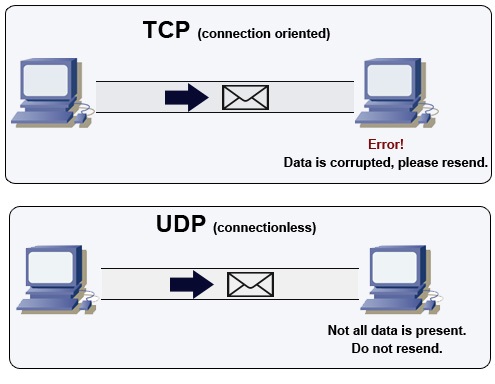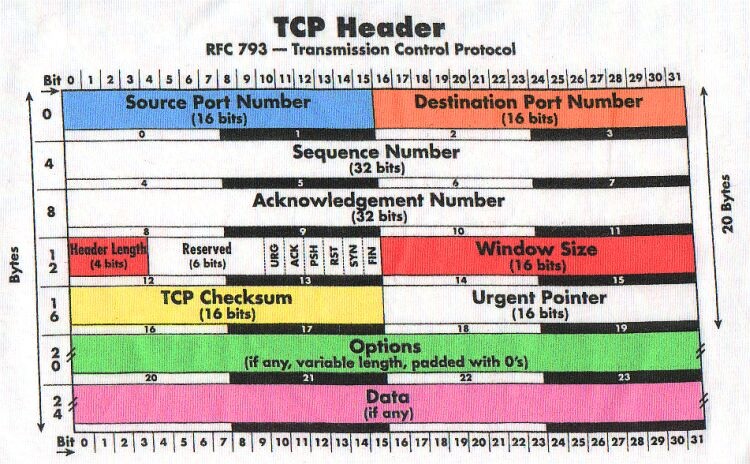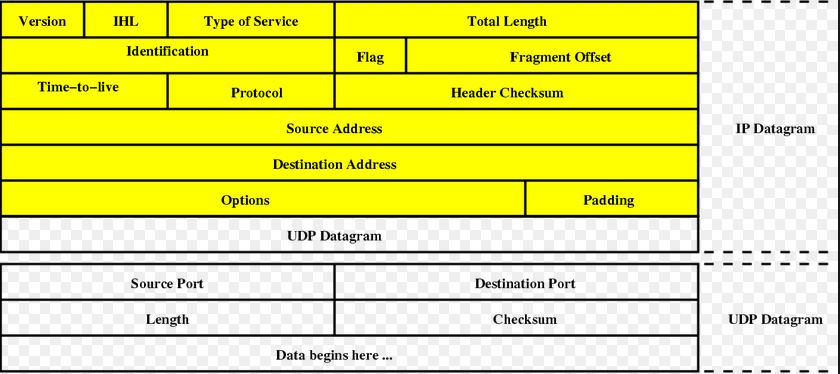Difference Between TCP and UDP Protocols

In the world of communication networks, the TCP and UDP protocols are commonly used. The TCP and UDP are the two protocols of the IP suite that operate at the transport layer of the TCP/IP model.
The primary difference between TCP and UDP protocols is that TCP is a connection oriented protocol while UDP is not. TCP first establishes a connection and then delivers a message. During connection establishment the sender sends a message to the receiver whether it’s ready to accept the message or not. If the receiver is ready to accept the message then it will send an acknowledgement to the sender upon which the receiver will start sending. If the message is lost in the way then the receiver will request the sender to send the message again. UDP on the other hand sends message without establishing a connection between the sender and the receiver. It does not verify the readiness of the receiver in which case the message once lost cannot be tracked.
UDP does not allow any error correction while TCP allows error correction.
With TCP there is a guarantee of delivery of data since the receiver will ask the server for retransmission if the packets are lost. This is due to the flow control which determines the requirements for resending the data. While in case of UDP there is no guarantee of data delivery.
Another difference is that the messages in case of a TCP connection arrive in order while in case of UDP there is no order in which they will be delivered.
TCP carries a lot of information overhead with it while UDP does not carry that much information which is why UDP is lighter and is faster then TCP. The reliability of TCP is more then UDP as the latter is more vulnerable to viruses. Since UDP is not reliable therefore it is used to send audio and video data transmission only while TCP is used to send data that is more critical and important. TCP allows congestion control while UDP does not allow congestion control.
Instructions
-
1
TCP:
TCP is the acronym for Transmission Control Protocol and is the core protocol of the IP suite that provides reliable, connection oriented and ordered delivery of messages between programers working on two computers that are communicating with each other over the intranet or internet.
Image Courtesy: baltazaar.wordpress.com
-
2
UDP:
UDP is the acronym for User Datagram Protocol and is also one of the core protocols of IP suite in the TCP/IP model that provides connectionless but faster delivery of messages between the two computers that are communicating with each other on the intranet or Internet. It is used where the delivery of messages is not critical from security point of view.
Image Courtesy: hw-server.com








